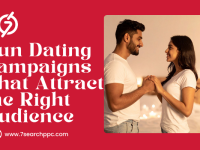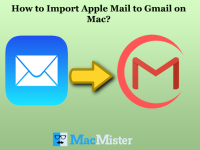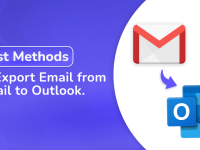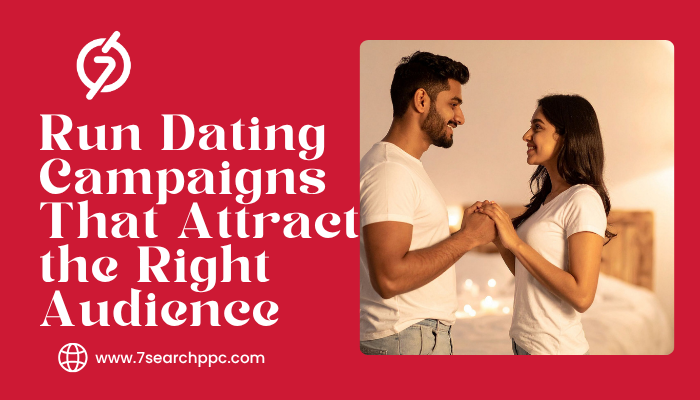Dating advertisers have a strange truth to work with today. Traffic is not the problem anymore. Relevance is. A campaign can pull a large number of impressions and clicks, but still miss the people who are actually willing to match, talk, pay, or stay. The shift in Dating Campaigns today is no longer about reach. It is about fit.
Most ad buyers in this vertical already know how to generate volume. What holds them back is attracting the right audience at the right stage of intent. Without this, budgets leak, CTR looks inflated for the wrong reasons, and lead quality falls faster than the platform can optimize.
The real edge is not in spending more. It is in being selective with who enters the funnel.
Why Dating Traffic Looks Large but Converts Narrowly
The global dating apps market has crossed hundreds of millions of active users, yet advertisers face a consistent irony: only a narrow slice of those users will ever convert from click to signup to engagement. A campaign may seem healthy at acquisition level, but inside the landing flow, drop-off uncovers the mismatch. The cause is not low traffic quality. It is poorly matched traffic intent.
This is the core challenge most advertisers do not talk about openly. They are buying “interest,” but monetizing “commitment.” These are two very different mental states.
People browsing casually may click. People seeking romance or connection will complete the funnel. The difference between the two is where smart targeting lives.
Overbroad Targeting That Feels Safe But Underperforms
Most dating advertisers default to wide targeting because the category feels high-volume. But broad equals noisy. It also invites window shoppers. The worst part is when platform-level optimizations try to “fix” it by hunting for cheap clicks rather than qualified intent. The advertiser then mistakes low CPC for healthy performance.
This is how underqualified traffic gets disguised as performance.
When a campaign tries to speak to everyone, it ends up speaking to no one with intent. And the more the advertiser widens the structure, the more engagement becomes accidental instead of chosen.
This is the real leak.
Why Narrowing the Audience is Not the Same as Shrinking the Funnel
Advertisers sometimes resist tightening the audience because it feels like cutting scale. But precision does not shrink campaigns. It increases depth.
Higher intent means longer retention, and longer retention is what drives profitable LTV. Top advertisers in the dating vertical are not those who collect clicks. They are those who filter early.
The biggest lesson here:
Every dating ad should qualify before it attracts.
That is the difference between traffic and traction.
What “Right Audience” Actually Means in Dating Advertising
The right audience is not just defined by age or location. It is shaped by:
Relationship Intent
Casual, serious, companionship, premium dating, niche dating, or lifestyle-based discovery
Emotional Readiness
Exploring, lonely, open to connection, or actively searching
Platform Familiarity
New to dating platforms vs. experienced switchers
Self-filtering vs. platform-filtering mindset
Some users expect curated matches. Others want endless browsing.
These variables define match-likelihood, not demographics. Campaigns that attract the wrong mix collapse in post-click behavior.
This is why platform signals alone are never enough. Advertisers must pre-frame the audience through copy, placement, funnel wording, and micro-promises.
Your Hook Filters More Than Your Targeting
If most advertisers only used their targeting logic correctly, every campaign would still look average. Why? Because copy is the real filter.
The headline tells people who the dating experience is for.
The subhead tells why they should trust the offer.
The first landing scroll tells them whether to stay.
Most advertisers focus on promoting features. High-intent audiences respond faster to clarity of fit over benefits.
Examples of unclear framing:
- “Find real singles near you”
- “Join now and meet someone today”
- “Your next match is waiting”
These sound universal. Universal is another word for unqualified.
Examples of micro-filtered framing:
- “Meet people looking for a long-term partner”
- “Designed for professionals who value meaningful matching”
- “Built for users who want quality over swiping fatigue”
The second category doesn’t just attract clicks. It filters wrong users out before they cost the advertiser more money.
Qualify Through Message, Then Scale Through Delivery
Precision in this market is achieved through a two-layer method:
Copy-level pre-qualification
You call the right people in. You discourage the wrong ones politely.
Funnel-level reinforcement
The landing page repeats the same psychological message to prevent mismatch abandonment.
When this is done correctly, platform delivery optimizes faster, because the right users fire the right signals early in the funnel — scroll depth, hover reading time, form completion formatting, etc.
This is why “better targeting” is not just a settings exercise. It is a narrative exercise.
Audience Fit Starts Before the Click
Meta, TikTok, Google, native ad networks, and dating-specific inventory sources all serve different “mental modes” of users. The same person behaves differently depending on mood and context.
- TikTok = impulsive discovery
- Meta = emotional context scrolling
- Search = intent
- Native = reflection or advice mindset
- Programmatic dating inventory = pre-filtered users
Ad buyers that treat every platform like a traffic commodity will always drown in cold clicks. The top performers pair message with mental mode.
Examples of Intent-Based Hook Framing
|
Intent Level |
Platform |
Sample Hook |
Why It Works |
|
High Intent |
Search |
“Ready for a real relationship? Start here.” |
Self-select commitment seekers |
|
Medium Intent |
Meta |
“Meet people who want something meaningful” |
Filters casual browsers |
|
Exploration Stage |
Native |
“What makes a real connection last?” |
Soft pulls into story before pitch |
Where Advertisers Lose Most Quality: The First 7 Seconds Post-Click
High-intent users decide to stay or leave within seconds. They are not skimming features. They are scanning for alignment. When the landing page does not match the promise made in the ad, it signals dissonance, and the exit is immediate.
This is also where dating ad fraud metrics hide in plain sight. Many advertisers think bots or trash clicks are hitting their page. In reality, it is humans rejecting misalignment.
Audience fit is not about volume. It is about consistency of expectation.
The Three Filters That Help You Attract the Right Users
Language Filter
Words that signal “who this is for.” If everyone feels welcome, the wrong audience feels welcome too.
Emotional Timing Filter
Some users are just curious. Others are prepared to match. The better your framing, the more self-sorting happens.
Funnel Depth Filter
The offer must feel designed for the user, not for a general pool of daters.
This is the invisible line between traffic and traction.
Transition to BOFU (Bottom of Funnel)
Once you have qualified traffic, the next bottleneck is what advertisers always feel — balancing performance with creative signals. If you want a deeper breakdown of how advertisers maintain performance while staying audience-first, a good next step is learning how to balance budget and creativity in Dating Campaigns .
Not Just One Campaign, But a System
Understanding individual dating campaigns is good. Understanding the dating category funnel is stronger. When advertisers plan in isolation, they miss audience flow patterns. When they build systems, they multiply retention.
This is where advertisers start to understand that targeting is not a toggle. It is architecture.
When You Are Ready to Move From Theory to Setup
Once the advertiser understands how to filter for fit during the awareness and conversion stages, the next logical step is practical execution. If you want to launch and create a dating campaign built on audience relevance rather than vanity clicks, you can register here:
This is where targeting, budget logic, and message alignment come together inside real campaigns.























0 Comments